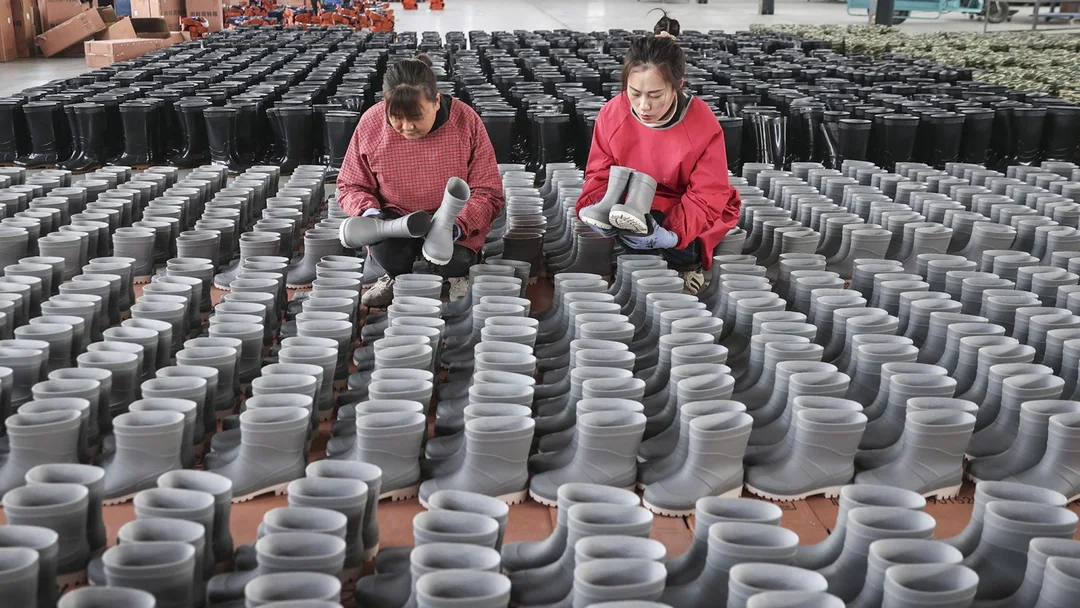
Trump’s Reciprocal Tariffs: Impact on Economy and Food Prices
Former President Donald Trump's proposed reciprocal tariffs have stirred significant debate about their potential impact on the U.S. economy and everyday food prices. The policy, aimed at countries that impose tariffs on American goods, seeks to level the playing field by applying equivalent tariffs on imports from those countries.
According to reports from AP News, the implementation of these tariffs could lead to increased costs for U.S. consumers, particularly affecting the prices of imported goods such as coffee. Axios highlights that the rise in coffee prices is just one example of how these tariffs might affect daily life, potentially fueling inflation as the costs are passed on to consumers.
CNN has detailed a list of countries that could be targeted by these tariffs, which include major trading partners of the United States. The U.S. Trade Representative's office is currently calculating the specifics of these reciprocal tariffs, indicating a potential shift in trade policy if enacted.
The economic implications of Trump's tariff proposals continue to be a focal point of discussion, with analysts weighing the benefits of protecting domestic industries against the risk of retaliatory measures from other nations and the resultant impact on the global economy.
Related issues news
What is Trump's trade war?
On March 10, China imposed a 15% tariffs on American goods, including agricultural goods. Since February 2025, the Trump administration imposed a total of 54% tariffs on China, with the Chinese Government imposing 82% tariffs on the United States.
How to calculate a tariff?
For example, the US buys more goods from China than it sells to them - there is a goods deficit of $295bn. The total amount of goods it buys from China is $440bn. Dividing 295 by 440 gets you to 67% and you divide that by two and round up. Therefore the tariff imposed on China is 34%.
What is the history of tariffs?
Tariffs and excise taxes were authorized by the United States Constitution and recommended by the first United States Secretary of the Treasury, Alexander Hamilton in 1789 to tax foreign imports and set up low excise taxes on whiskey and a few other products to provide the Federal Government with enough money to pay ...
What is the trade tariff?
What are tariffs and how do they work? Tariffs are additional taxes charged on goods imported from other countries. Typically, tariffs are a percentage of a product's value.